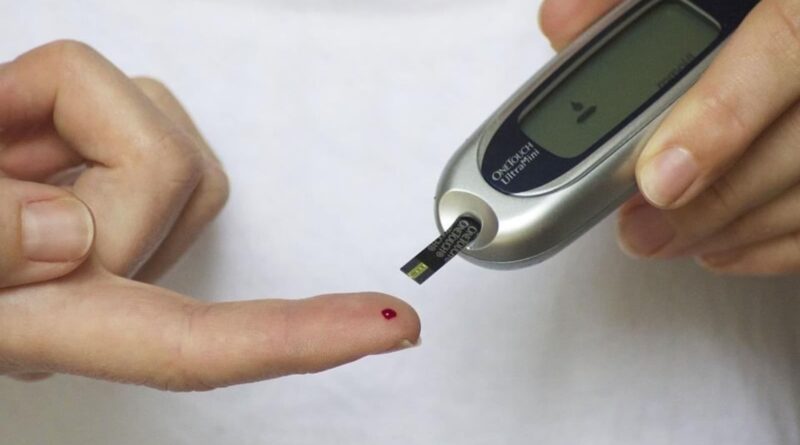Leucocyte Telomere Length is linked to obesity in pre-diabetic and Type 2 diabetic women
A recent study conducted jointly by the Fortis C-Doc Hospital for diabetes and allies and partners concluded that leucocyte telomere length (LTL) was related to obesity in women of pra-diabetes diabetes and type 2. This study further discussed The thought between Prediabetes, Truncal Obesity and LTL, which shorten it, showed faster aging and premature death. LTL is the most common measure used to study shortening and risk of diseases that depend on age in the human population.
This study was conducted jointly by Dr. Anoop Misra, Padma Shri, Chair of the Executive and Director, Diabetes and Endocrinology, Fortis C-Doc Hospital for Diabetes and Allied Sciences and Upadhyay Surya Prakash, Ravindra Mohan Pandey and Ashish Datt Upadhyay. The main findings of this study have been published in BMJ Open Diabetes Research & Care.
LTL is known to be related to aging and related diseases, such as obesity, type 2 diabetes, and cardiovascular disease. This study investigates LTL relations in pre-diabetes women, and in particular, LTL relations with obesity in women. This study is the first of its type.
Research design and method
In this study from July 2015 to December 2020, 1,361 women were selected from North India, in the age group 20-60 years. Among them, 797 pre-diabetes women (Obesity, 492; Non-Obese, 305) registered and their demographic, clinical profile and fasting blood glucose were evaluated. LTL is quantified by a quantitative polymerase chain reaction (PCR), which is a laboratory technique to quickly strengthen millions of copies of certain DNA segments. Along with that, the length of the telomer is detected from DNA samples and is expressed as an average T/S ratio (repetition of telomer per single copy genes). The research subjects are randomly determined to have a representation of higher, medium and low group estimates of 41 residential areas in Delhi. Some research subjects were released based on the use of oral antidiabetic drugs, alcohol, tobacco, or drug abuse, any drug that could affect the sensitivity of insulin, pregnancy, severe final organs damage or chronic diseases, malignancy and other endocrine disorders and significant liver, kidney, thyroid, thyroid , or other endocrine diseases.
Key Findings:
• The study specifies the link between LTL in women with abnormal fasting glycemia (pre-diabetes). The relationship of LTL with fatness, particularly in the truncal part of the body is being reported.
• The average LTL was significantly shorter in obese women with pre-diabetes.
• The R-squared (R2) statistic for the multivariable linear model after adjusting for age, family income, education, and hypertension showed that LTL was inversely correlated with body mass index (BMI), waist and hip circumference, waist-hip and waist-to-height ratio, truncal skinfolds (triceps ratio, central and total skinfolds), fat mass (kg) and percentage body fat.
.Besides age, obesity, and fat distribution in the truncal part of the body are major contributors to telomere shortening in women with abnormal fasting glycemia.
Dr. Anoop Misra, Padma Shri, Chair of Executive and Director, Diabetes and Endocrinology, Fortis C-DOC shared, “Besides age, obesity and subcutaneous adiposity (most of the truncal) are the main contributors to shortening telomers in Indian Asian women with glycemia of abnormal fasting abnormal (which is not liked by Asia with abnormal abnormal abnormal fasting glycemia (not messy in abnormal asian abnormal fasting glucose). lower long life. This has a connotation to the statistics of female deaths in India and the great implications for prevention of Prediabetes. “
First Author, Dr. Surya Prakash stated; “Obesity in Indian women began to increase in the age group 30-40, and that’s where most lifestyle efforts must be concentrated.”



